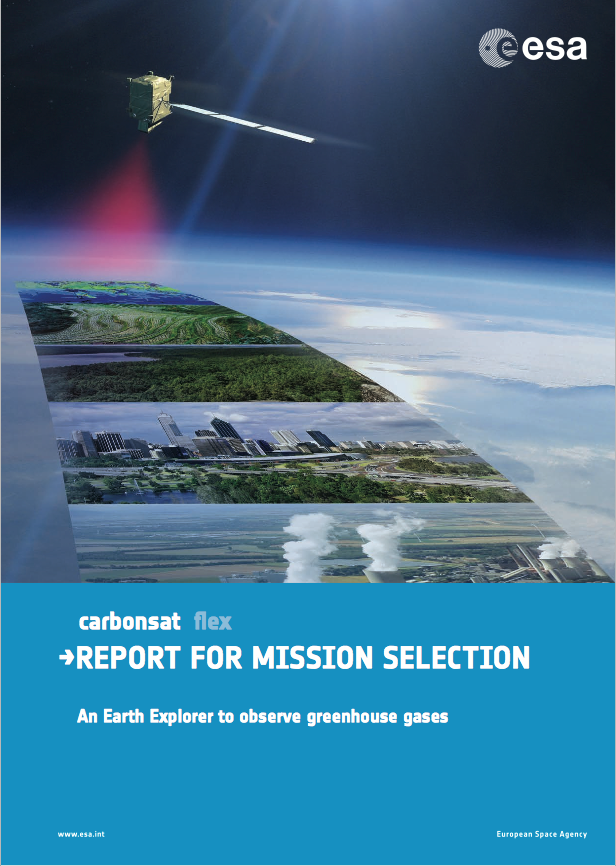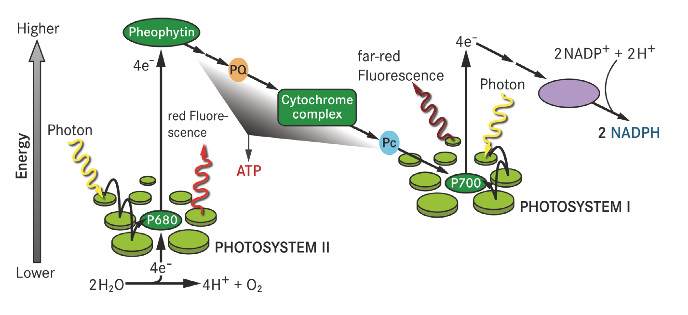We live during an era of Earth Explorers … not intrepid adventurers, but a series of Earth-orbiting satellites, bristling with experimental technology designed to quantify various aspects of the environments of our planet. Four Earth Explorers have been launched by the European Space Agency (ESA) during the past decade, studying gravity, ocean salinity, frozen environments and Earth’s magnetic field.
ESA has a further three Earth Explorers in construction. An eighth Earth Explorer mission will shortly be recommended for implementation. But how is this recommendation arrived at? How does Europe decide what we will have for launch?
I was recently privileged to be involved in the final stage of the selection process for Earth Explorer 8 (EE8), being a member of ESA’s Earth Science Advisory Committee (ESAC). As you would expect, the process is a rigorous one, given that EE8 represents an investment of more than €100 M (hardware, operations and launch).
The options on the table were CarbonSat (to observe greenhouse gases) and FLEX (to observe fluorescence from vegetation). So, it was a choice between observations of great interest – the first in connection to climate change, the second in connection to plants and food production.
The mission concepts have been studied intensively by industry and academia since 2010, when these candidate concepts were selected for further investigation from a much wider pool of proposals. The studies were synthesized in Reports for Mission Selection. Each Report is around 200 pages, and discusses the scientific justification, research objectives, novelty of the observations, the design of the sensor, data processing and orbit, and broader programmatic context.
Front cover of the mission selection report for CarbonSat.
The teams proposing CarbonSat and FLEX gathered in Krakow (Poland) to present these reports and field questions in a public consultation meeting lasting 1.5 days. Thereafter, ESAC was able to pose questions to the teams for a further day, to explore a range of scientific and technical points. ESAC comprises scientists across a wide range of environmental and remote sensing expertise, and the questioning was detailed and illuminating. A further half day of deliberation and the conclusion was reached: of the two excellent concepts, the FLEX mission is recommended for implementation as EE8.
Of course, the actual decision to proceed rests with those who sign the cheques! The recommendation will be go to representatives of the ESA’s member states. Their deliberations will happen during November.
FLEX will measure very subtle light signals emitted by green plants during photosynthesis. Photosynthesis is a remarkable sequence of events involving two overall stages, associated with fluorescence (emission from the leaf) of different wavelengths of red light.
From the mission selection report for FLEX.
The red light emissions are too subtle to be noticeable to the human eye, but can be inferred, even from a satellite orbiting in space, if the relative intensity of light is precisely measured across the right spectrum of wavelengths. The amount of fluorescence is linked to how actively the plant is photosynthesising – i.e., how actively it is turning water + light + CO2 into food, in the case of an edible plant. The balance of red and far-red light that is fluoresced changes with the health of the plant. These measures of plant photosynthetic activity are what FLEX will target.
Plant health, of course, is linked to weather, amongst other influences, through the factors of water and sunlight. Since photosynthesis turns atmospheric carbon dioxide into plant material, there is also an interaction with the climate system. The eighth Earth Explorer will help understand these links. This type of exploration is critical to learning to live sustainably on our planet.


